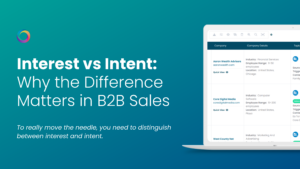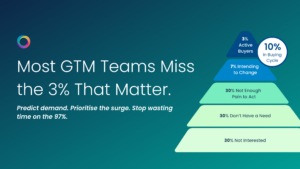Search Engine Optimisation (SEO) is constantly changing, and to keep up-to-speed with it can be difficult. Like social media, email and emerging technologies like Artificial Intelligence (AI) and Virtual Reality (VR), search engines are continually changing and improving how they deliver results.
To help you, we’ve compiled a list of SEO statistics that will help you rank better in 2019. They are the most up-to-date stats that we could find on the world wide web, so they should help you get higher up Page 1 results sooner rather than later.
General
32.5% – The average traffic share the first Google organic search result gets
1,890 words – the average content length of a Google first page result
51% of all website traffic comes from organic search, 10% from paid search, 5% for social and 34% from all other sources
Over 40% of revenue is captured by organic traffic
73 billion – The estimated number of phone calls that will be generated from mobile search alone by the end of 2019.
8.5 – The average number of organic mobile search results that Google shows on page 1. It previously consisted of 10 ‘blue links’ in its search results.
8.59 – The average number of organic desktop search results that Google shows on page 1.
Industry/business spending statistics
$65 billion – The number of companies spent on SEO in 2016.
$72.02 billion – The estimated amount of brands and agencies in the US will shell out for SEO services in 2018. The amount is forecasted to rise up to $79.27 billion by 2020.
>$5,000 – The monthly amount majority of businesses are spending on SEO.
77.8 % of US search ad revenues for 2017 is expected to be earned by Google.
Local search behaviour statistics
80% of Google search interest in ‘near me’ came from mobile Q4 2014.
4 in 5 consumers use search engines to find local information.
18% of local smartphone searches led to a purchase within a day. 88% of users search on a smartphone, while 84% search on a computer/tablet.
54% of smartphone users search for business hours, 53% search for directions to a local store.
4 in 5 consumers want ads customised to their city, zip code or immediate surroundings.
>70% of consumers say it’s important to have directions and call button in ads.
2.1X: – The increase in mobile searches for ‘stores open now’ or ‘food open now’ in the past year.
1.3 – The number of times mobile searches for ‘where to buy/find/get’ increased in the past year.
65% of people use their phone in their I-want-to-buy moments.
76% of people who search on their smartphones for something nearby visit a business within a day and 28% of those searches for something nearby result in a purchase.
User behaviour statistics
51.3% of internet users worldwide operate mobile and tablet devices, while 48.7% use desktops.
15% of the millions of active US web users performed at least one or more searches in a day, 45% performed at least one query in a week and 68% performed one or more queries that month.
79% of people took a relevant action on their phone prior to making a purchase.
39% of purchasers were influencers by a relevant search.
3 – The average number of words in a typical searcher uses in their search query.
8% of search queries are phrased as questions.
8% of queries on Google result in the searcher changing their search terms without clicking results.
21% of searches lead to more than one click on Google’s results.
8% of Google queries result in pogo-sticking (i.e. the searcher clicks a result, then bounces back to the search results to the search results page and chooses different results).
Link building stats
Over 1,000 words – The average length of long-form content that receives more shared and links than shorter form content.
41% of large companies consider link building as the most difficult SEO tactic.
Google statistics
130 trillion – How many webpages Google is aware of as of 2016.
2 trillion – The estimated number of searches Google is handling per year worldwide. That breaks down to 63,000 searches per second.
1 billion+ – How many people use Google search every month.
40-60 billion – The estimated number of searches happening on Google in the US each month.
1,600+ – How many improvements to search Google launched in 2016.
81.12% – The total search engine market share that Google currently holds.
15% – The percentage of daily queries Google sees that have never been searched for previously.
Under 1 minute – the all-in time of the average Google search session (from the time of the initial query to the loading of the search results page and the selection of any results, plus any back button clicks to those SERPs and selection of new results.)
30% of all mobile searches are related to location.
66% of distinct search queries resulted in one or more clicks on Google’s results, while 34% of searches get no clicks at all.
3.4% of distinct search queries in Google resulted in a click on an AdWords (paid) ad.
0.9% of Google.com search results get a click on Google Maps.
-0.5% of clicks on Google search results go to links in the Knowledge Graph.
3% of clicks on Google search results go to image blocks.
-0.23% of clicks on Google search results go to Twitter block results.
1.8% of clicks on Google search results go to YouTube.
0.16% of clicks on Google search results go to personalised Gmail/Google Mail results.
0.55% of clicks on Google search results go to Google Shopping results.
11.8% of clicks from distinct Google searches result in a click on a Google property, i.e. Youtube, Google Maps, Gmail, Google Books, the Google Play Store on mobile and Google+.
SEO and other marketing channels
~20 – the number of times SEO has more traffic opportunity than PPC on both mobile and desktop.
45% of all companies say content marketing is ‘highly integrated’ with their SEO strategy.



